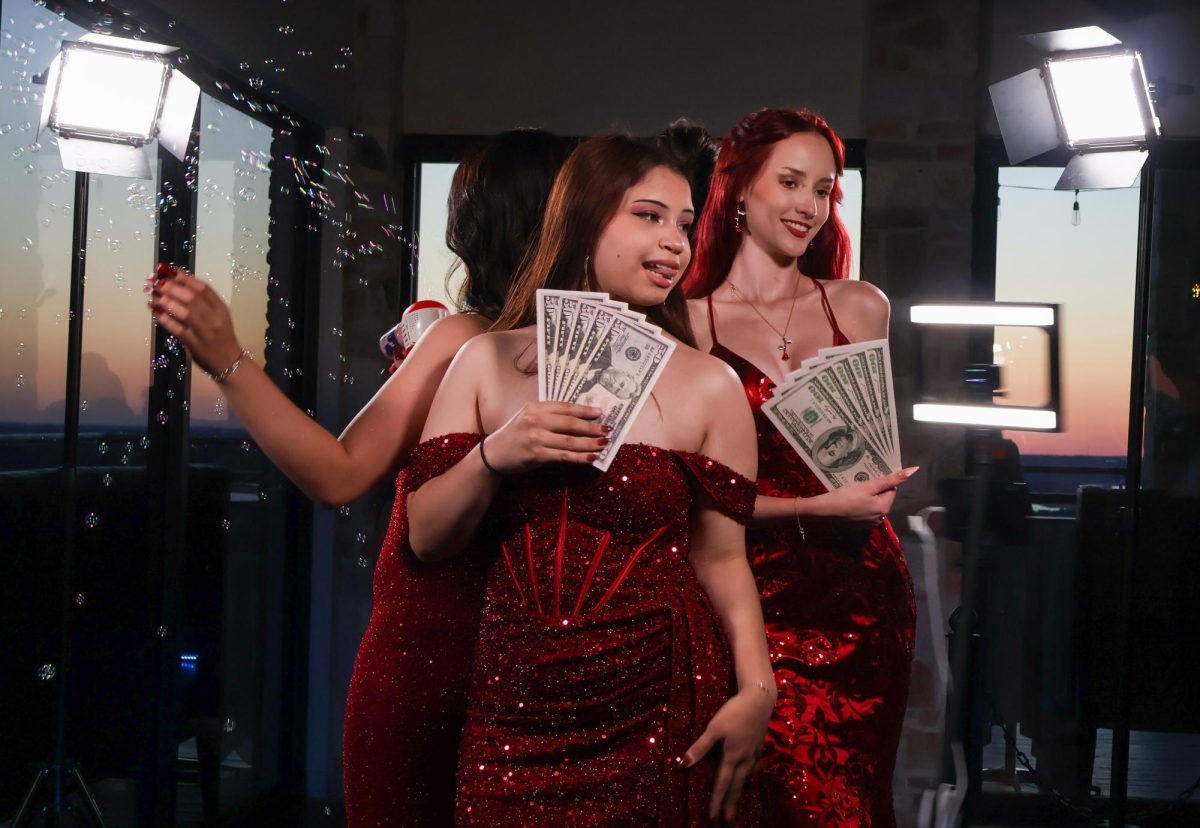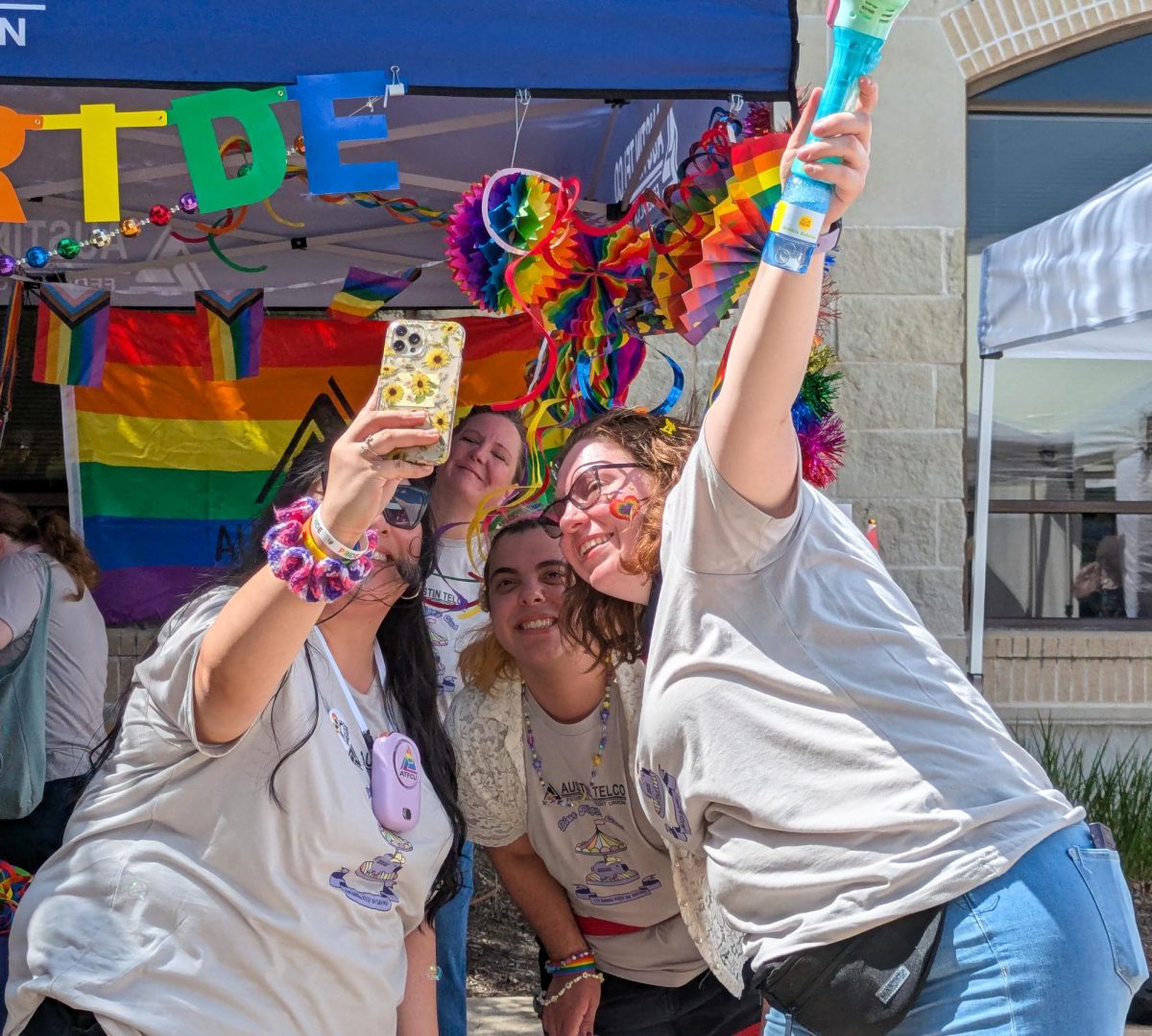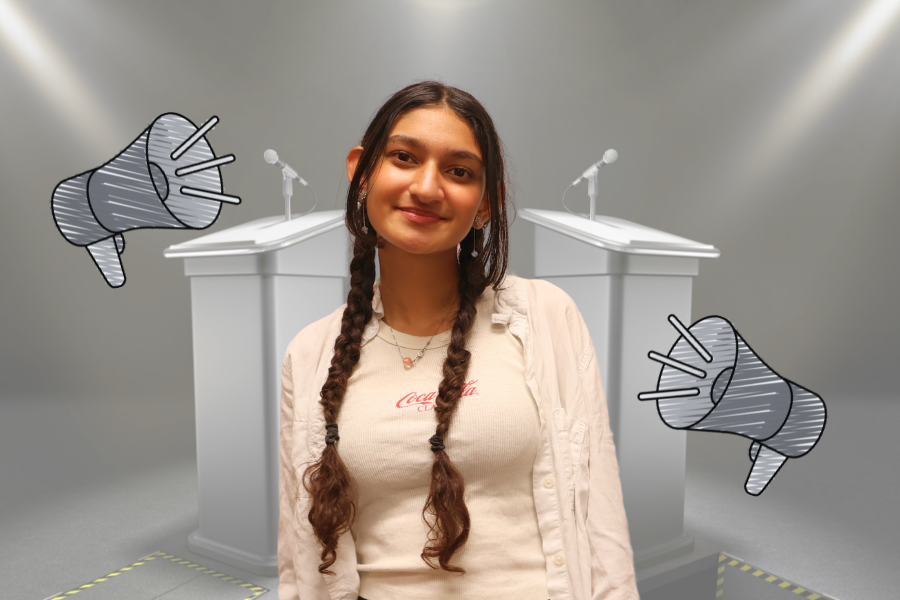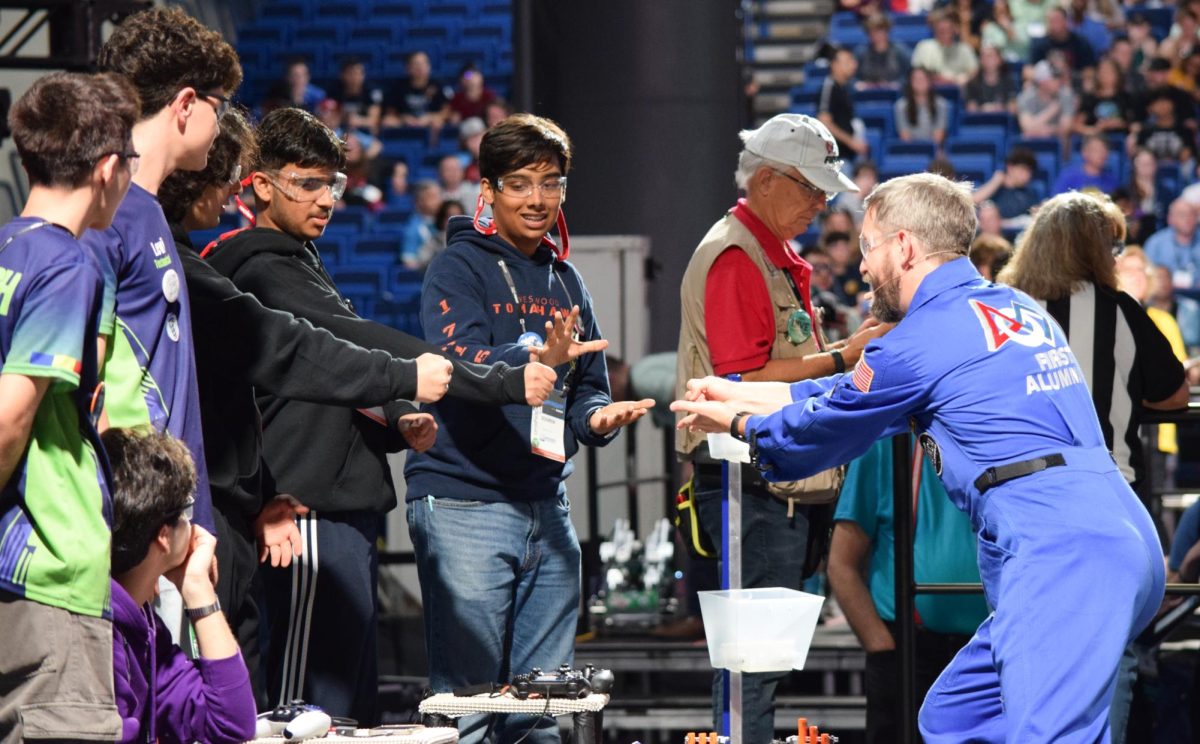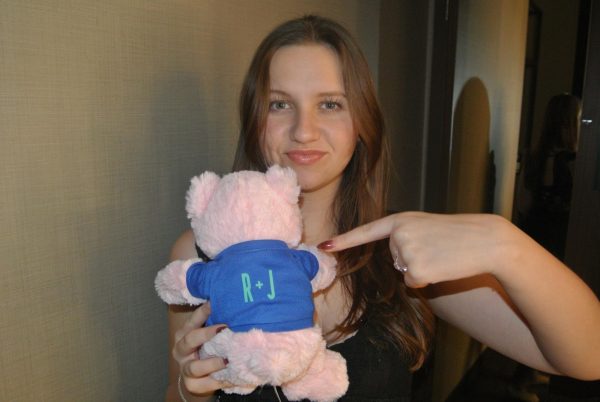Bright yellow caution tape hangs in the hallway, a body lies in a pool of dark red blood, and an abandoned Chick-Fil-A meal litters the ground. If you feel like you wandered into a crime scene, you would be right.
On Wednesday, Aug. 21, forensic classes gathered in the E hallway to investigate a mock crime scene. With their table groups, students left the classroom to take pictures of the body, observe the crime scene, and even use a UV flashlight to check for fluids and other clues.
Forensic teacher Ms. Shawn Sieber has found that starting off the year with this lab has become a great way not only to introduce students to the world of forensics science, but also to get students comfortable in communicating with their new classmates during the lab.
“Engagement is one of the biggest struggles, especially coming back from summer — no one really wants to be in school mentally,” Ms. Sieber said. “We try to frontload a lot of fun activities so that kids get wrapped in the world of forensics and they are ready to go for the rest of the year.”
In previous years, the lab was just done individually on paper, but Ms. Sieber and fellow forensic teacher Ms. Avni Kantawala wanted to make it more interactive and interesting.
“[We thought], this would be way more cool if we could build the actual mock crime scene and have [students] process it as a team rather than just do it on a worksheet,” Ms. Sieber said. “We made the storytime super dramatic and it’s always a fun time.”
Students were investigating the death of Gavin Brooks, the forensic science dummy, who died abruptly of bullet shots. Enjoying the realistic nature of the mock crime scene, students enjoyed discussing and theorizing the nature of the crime.
“I know that he got shot in the head, probably while he was on a date because there were wine glasses and lipstick on the glass,” Maya Geist ‘26 said. “There were also flowers, so he was probably getting with a girl.”
By being pushed to collaborate with new classmates, students noted that investigating the crime scene helped them learn a lot of lessons outside of the realm of science.
“The biggest thing is getting to know your group members really well,” Ms. Sieber said. “Learning how to observe, and think and take really good notes and just be[ing] the best observant version of themselves as they can. Lot’s of critical thinking and problem solving.”
This lab not only got students enthusiastic about the class but also about the unknown dynamic of the course and the new school year.
“This is a great start [to the year] and I’m really excited to see what else we do in the class,” Geist said.

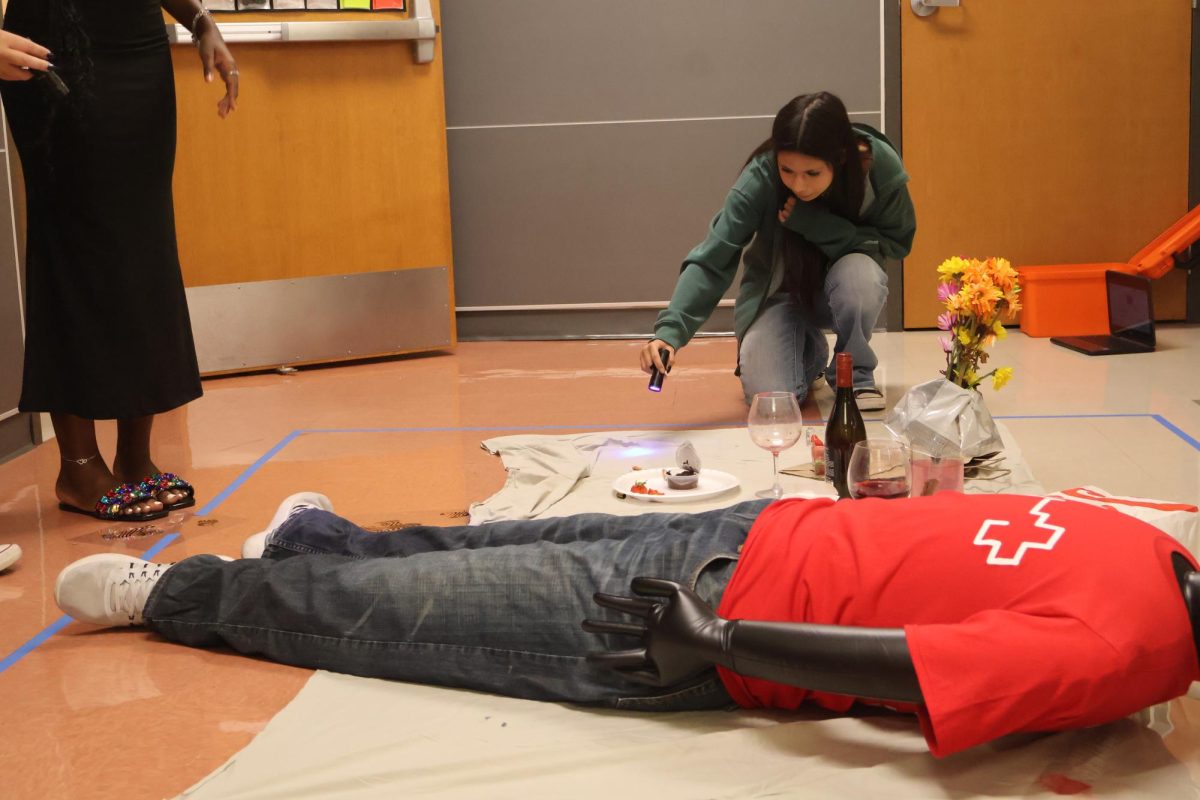
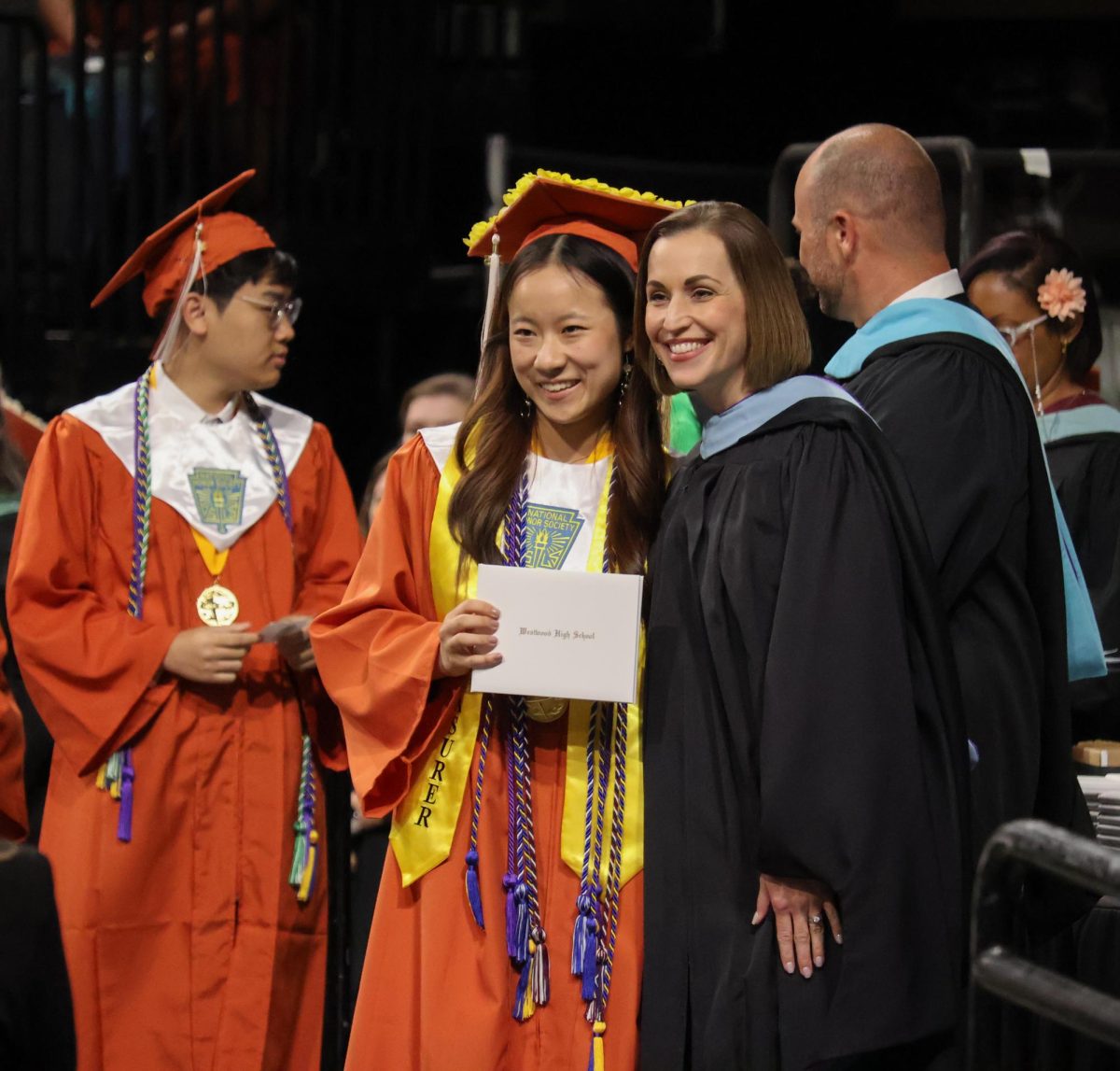
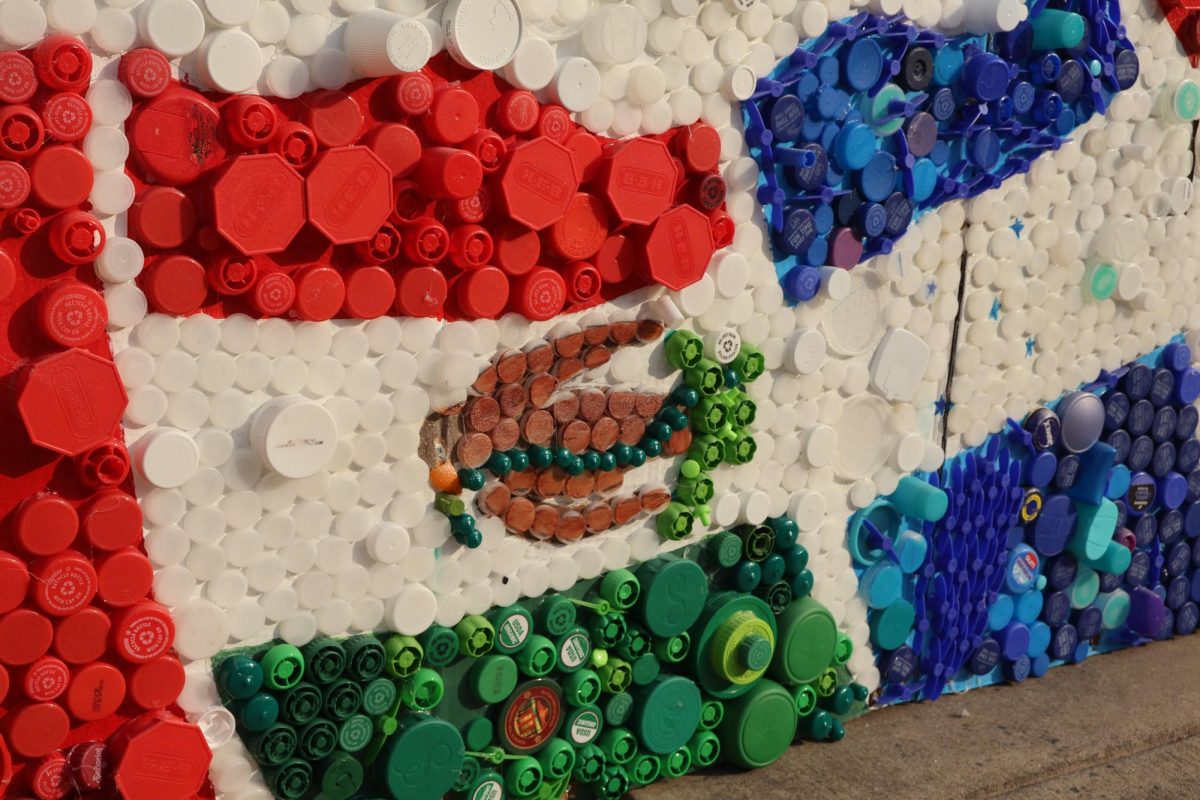

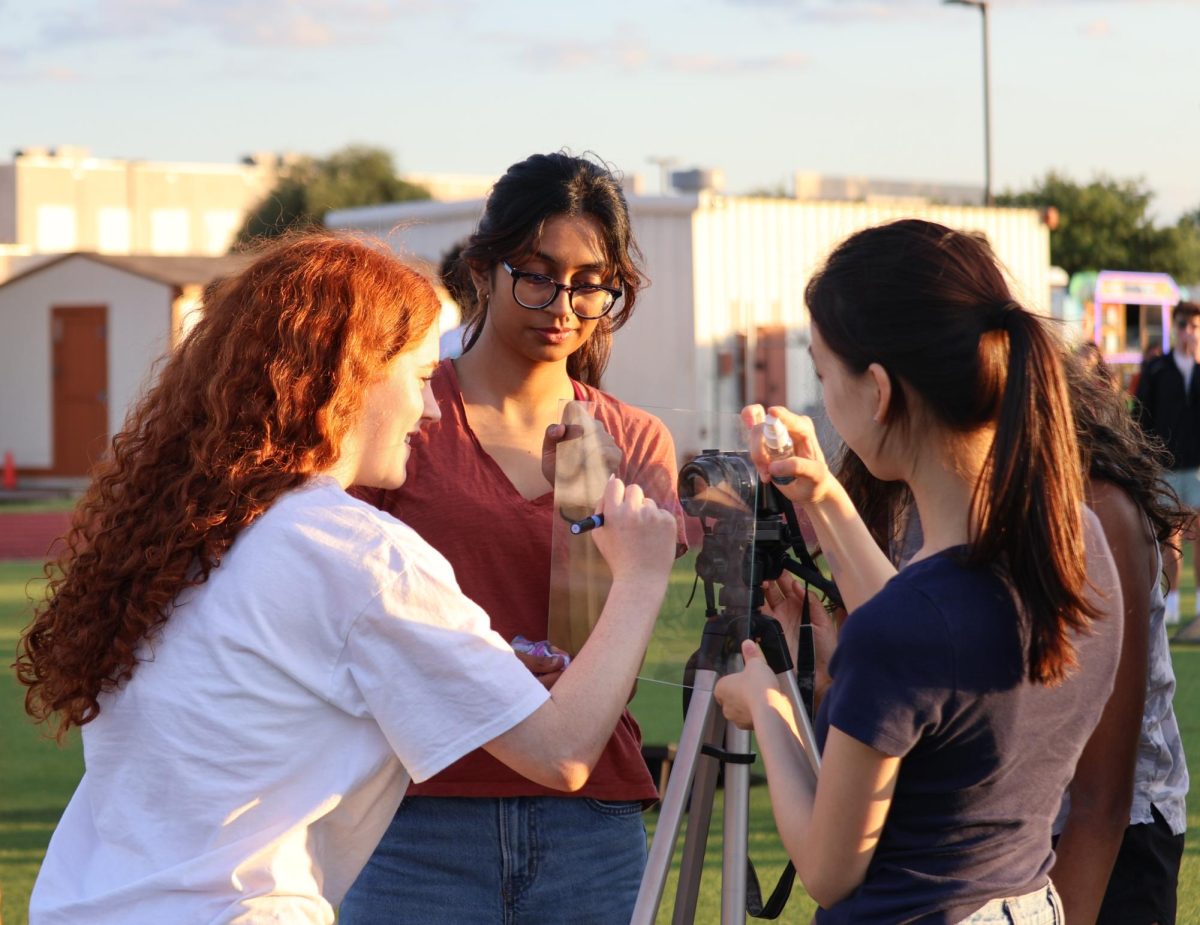
![Holding her plate, Luciana Lleverino '26 steadies her food as Sahana Sakthivelmoorthy '26 helps pour cheetos into Lleverino's plate. Lleverino was elected incoming Webmaster and Sakthivelmoorthy rose to the President position. "[Bailey and Sahiti] do so much work that we don’t even know behind the scenes," Sakthivelmoorthy said. "There’s just so much work that goes into being president that I didn’t know about, so I got to learn those hacks and tricks."](https://westwoodhorizon.com/wp-content/uploads/2025/05/IMG_0063-1200x1049.jpg)
